SUMMARY
This is AI generated summarization, which may have errors. For context, always refer to the full article.
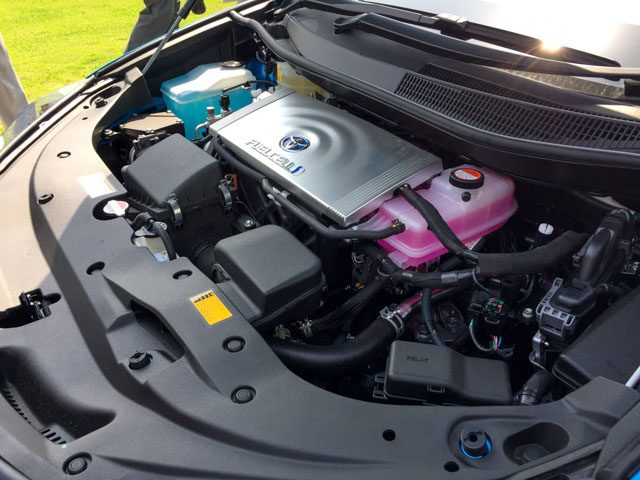
FUKUOKA, Japan – The prospects of having limited resources and the threat of climate change drove Japan to become a trailblazer in exploring alternative energy and fuel sources like nuclear power and hydrogen energy.
Among the alternative energy sources the country has been exploring is hydrogen power, especially in Fukuoka City, Kyushu Island. Fukuoka is less than two hours away via plane, and about 5 hours via bullet train, from the capital Tokyo.
Hydrogen power is an alternative energy source, produced from extracting hydrogen from fossil fuels, or splitting it from water through electricity. It contains 3 times as much energy as natural gas, but it cannot be considered a fuel. Rather, it is a way of storing energy. Hydrogen can power homes and vehicles if it is stored in cells or batteries, and has zero carbon emission.
The city boasts of having the first “hydrogen town,” where all households are powered by hydrogen fuel cells. The first cells were installed in 2008 and the town with almost 150 residents continue to use hydrogen power for 7 years now.
Commercializing the technology remains a challenge even for researchers at the Kyushu University, the leading institution in this hydrogen power research in Japan.
Professor Kazunari Sasaki said that the cost for hydrogen cells installed in each household is high compared with other energy sources. But the Fukuoka government is still finding ways to promote this technology to the public. Sasaki is the director of the International Research Center for Hydrogen Energy of Kyushu University.
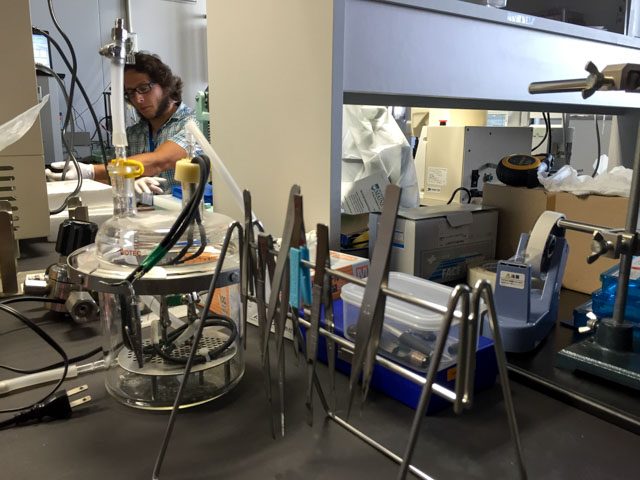
Riding hydrogen-powered cars
Fukuoka’s local government sees research and development in hydrogen power as one of the means to propel their economy.
Apart from the “hydrogen town,” Fukuoka also invests in developing and testing hydrogen-powered cars. Throughout the city, there are a handful of hydrogen-powered cars, some serving as taxis, one used by the local government, and the other kept by the Hydrogen Energy Test and Research Center or HyTRec.
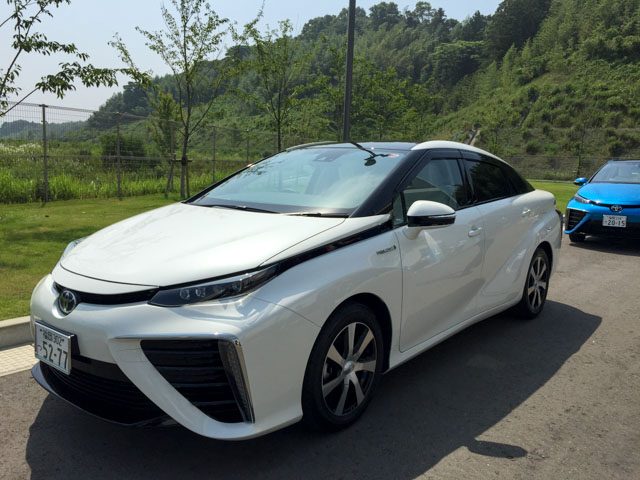
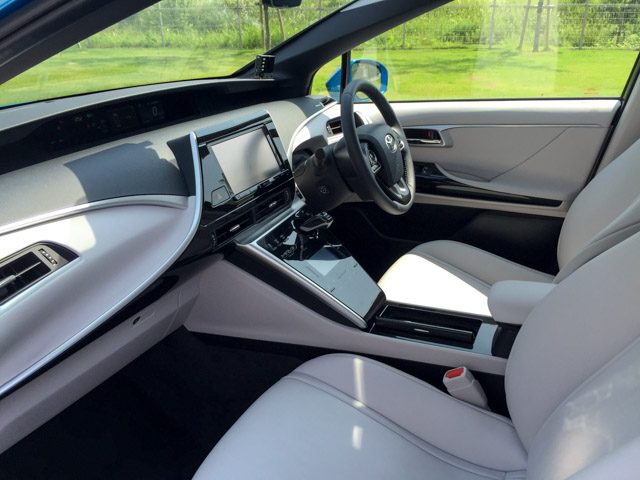
The local government also encouraged the private sector through tax subsidies and incentives to establish hydrogen stations (similar to gas stations) and operate taxis.
Currently, 10 hydrogen stations are operating in the city.
Shift to nuclear energy
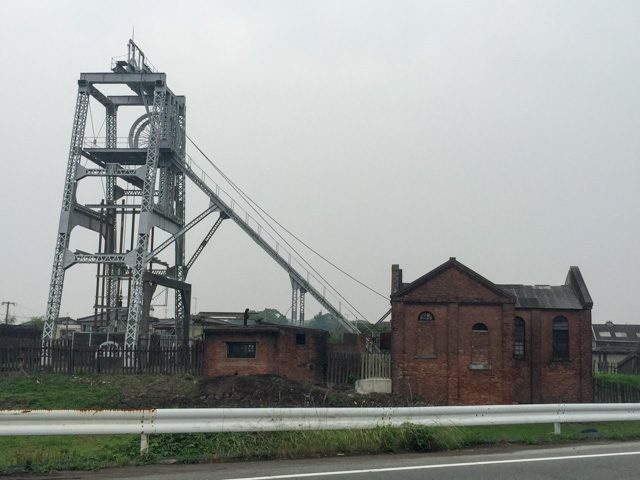
A group of international science journalists recently took a tour that showcased the hallmarks of Japan’s transformation from being a user of traditional energy sources to becoming a technological leader in alternative energy exploration.
The Land of the Rising Sun owes its industrial revolution to coal mining and steel, and iron-making during the Meiji Dynasty from 1868 to 1912.
The remains of the Miike Coal Mine, including other “Sites of Japan’s Meiji Industrial Revolution” was added to the UNESCO World Cultural Heritage list in July 2015. South Korea withdrew its opposition “on condition Japan publicly acknowledge that Koreans had been coerced to work at some of the sites during World War II,” according to a report in Japan Times.
The site showcases the head frame of the still intact shaft of the mining pit. Some materials, tools, and equipment are preserved in a house beside it, while the others are on exhibit in the Omuta Coal Industry and Science Museum.
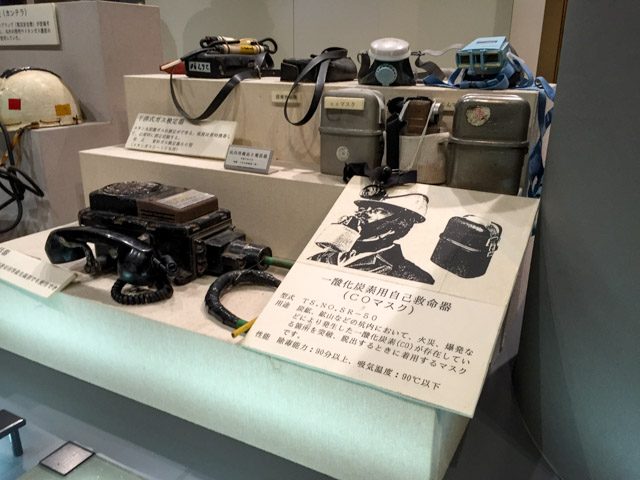
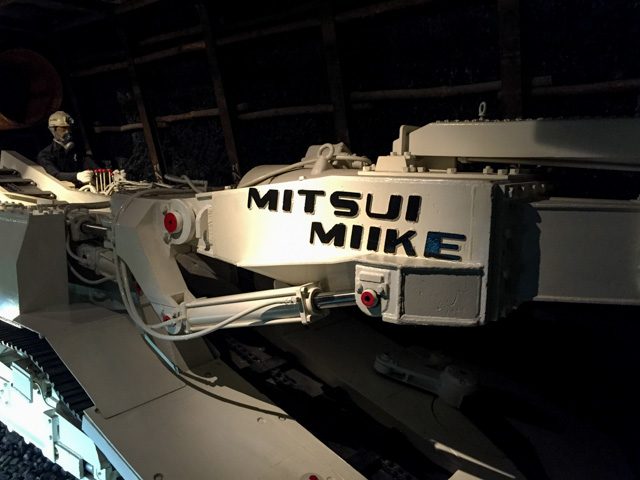
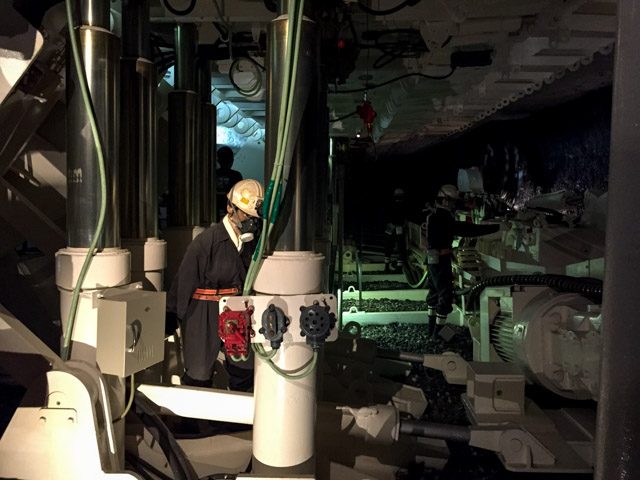
A century after the beginning of Meiji Dynasty, Japan started building nuclear plants. Prior to the Fukushima disaster in 2011, Japan was able to generate at least a third of its electricity from nuclear plants. The government has ordered a shutdown on all the plants in the country but this was lifted in August 2015.
Yet Japan still relies heavily on oil as its primary energy source. Its share of total energy consumption has declined from 80% in the 1970s to 44% in 2013, according to the United States Energy Information Administration 2015 report.
Other primary source of energy are natural gas, nuclear and hydroelectric power. Renewable energy has been slowly gaining popularity as an alternative fuel source, the report also said. – Rappler.com
Add a comment
How does this make you feel?
There are no comments yet. Add your comment to start the conversation.